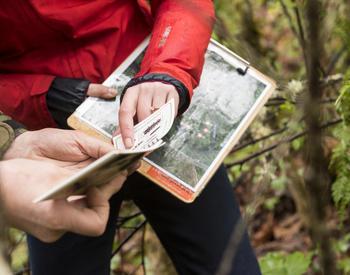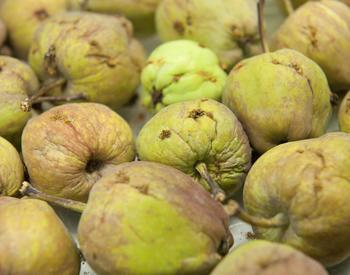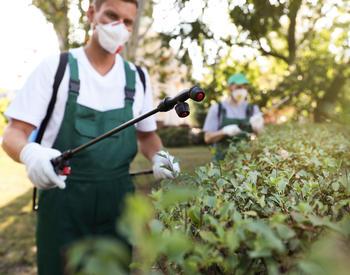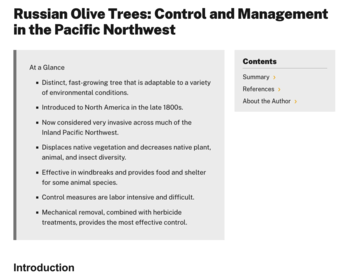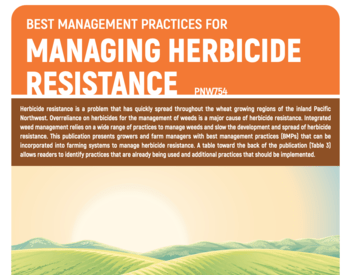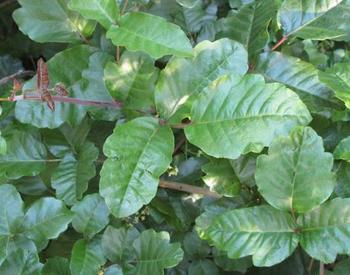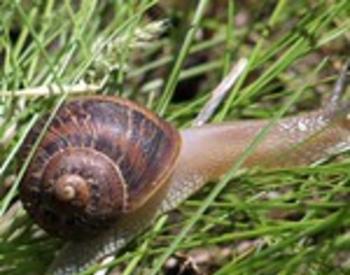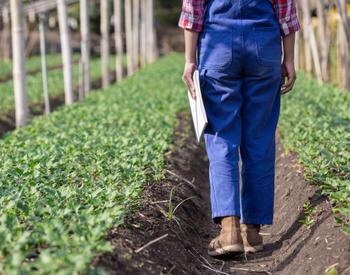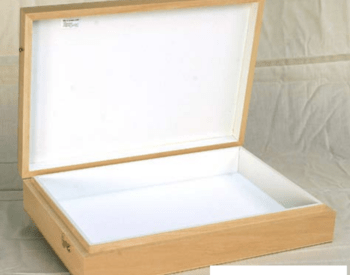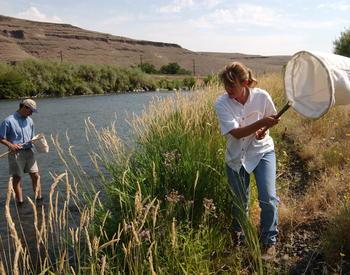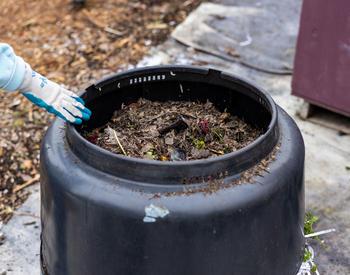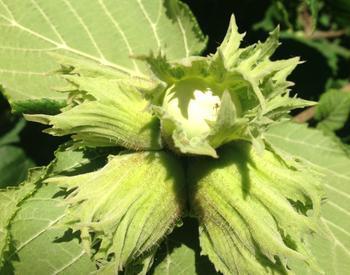Transcript
[MUSIC PLAYING]
Hello, my name is Steve Van Vleet.
I'm the regional extension specialist in ag
and natural resources for Washington State University.
Today, I want to talk to you about plant and weed
identification.
The first and most important part
when you're wanting to identify a weed
is to first get a picture of that weed or plant.
So you get a picture from multiple different angles
to be able to determine those characteristics of that plant.
Then after you have your photograph,
you need to record information about the characteristics.
You need to record the date, what kind of habitat
it's in, all those different characteristics
that you observe in the field.
Collect the plant
The picture's very good to have, but you
do want to collect that plant.
So you want to be able to collect the plant
and take that plant sample-- roots, stems, leaves,
seeds, all of the plant that you can--
and take that plant back to your laboratory
so that you can put it in the plant press and identify it.
Identify the plant
Before you start to identify the plant you have collected,
it's important to first narrow down
the possible plants it could be.
First, figure out what category the plant belongs to.
Is that plant a tree?
Is it a succulent herb, a shrub, a fern, a grass, a type
of broad leaf plant.
Identify the weed
And then once you have identified the plant's
category, the next step is to group
those plants that have characteristics similar
to your plant and eliminate the ones that do not.
One way to do this is the use of manual or field guide
to identify that weed or plant by its flower color.
Once you get it narrowed down to the family,
you can determine what family that weed or plant belongs to.
Dichotomous key
You might want to also try using a digital resource,
such as 1200 Weeds of the 48 States and Adjacent Canada DVD.
Another way of identifying the plants
is the use of what's called a dichotomous key.
The dichotomous key gives you choices
about the plant's characteristics
that leads to that plant's identity.
For example, a dichotomous key might
Summary
ask whether the leaves of your plant are opposite on the stem.
Depending on this answer, the key
directs you to another question about another characteristic
of the plant.
And as you follow the thread of all the characteristics,
you'll reach the plant's identification in the end.
Outro
However, the most efficient and accurate way
to identify a plant is to actually take
the sample of plant, which includes the leaves,
the stem, the roots, if possible, the seeds, also
if possible, to a trained specialist in plant
identification.
And if possible, make sure you can take the pictures along
with that and any notes that you've
taken about the characteristics of that plant
to that specialist.
When you want to identify a plant (weed), the first thing you need to do is take a picture of it. Then, collect and press the entire plant, if possible, and record information about it. Record where you collected the plant, the date you collected it, and any key characteristics you observe about the plant. The Hermiston Agricultural Research & Extension Center is located at 2121 South First Street in Hermiston, Oregon. Office hours are 8:00am - 5:00pm, Monday - Friday, closed during the lunch hour, noon - 1:00pm.
HAREC plant pathology diagnostic lab services
Catalog - EM 9122
